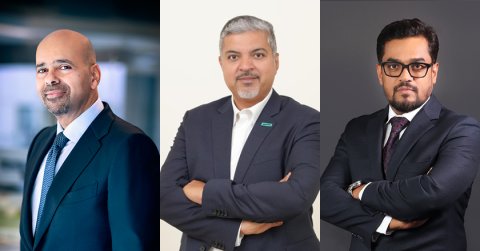
SAS, a leader in business analytics, and Satvik, a consulting and analytics solutions provider got together to give retail end-users an idea of what analytics can do for them and how they can use it for business benefit at CNME’s CIO Council roundtable conducted today.
“Retail businesses in the UAE most often have a lot of data and information, but are they using it intelligently to make business decisions? Analytics, when used efficiently, can make the decision-making process a more rational, and scientifically-supported initiative,” said Raj MK, CEO of Satvik at the event.
He also explained, with global case studies, the different functions that analytics can help simplify for retail organisations from planning campaigns, to understanding campaign ROI and identifying areas of improvement across products and retail branches.

The event, which brought together more than 25 senior IT decision makers from the retail sector in the UAE, saw them participate in a discussion regarding the challenges involved in understanding customers in the country, and the areas of data collection and cleansing.
“Data collection and cleansing is an integral element of the process and needs to be done prior to implementing any analytics solution. We can help customers understand and bring together different data elements residing within their organisation, and help them to structure the same, while deploying the analytics elements,” said Shameem Backer, channel partner account manager at SAS ME.
“Our scope of work includes data cleansing, and there are modules that allow us to help you identify and work with customers using structured as well as unstructured data. When you start with data, it can seem like an uncontrollable whole. However, we start with chunks – either in your static or your transactional information – and this helps us build up to the whole in a progressive manner,” said Raj.

According to SAS and Satvik, if an organisation has its customer data cleaned and ready, implementation of analytics can take as less as three weeks time, and organisations can start applying statistical models to gain more from their information.
The organisations stated that pricing of the solution include a base SAS solution along with other module-oriented elements, and has to be structured on a case-by-case basis considering the requirements of the organisation and the state of its data usage.





